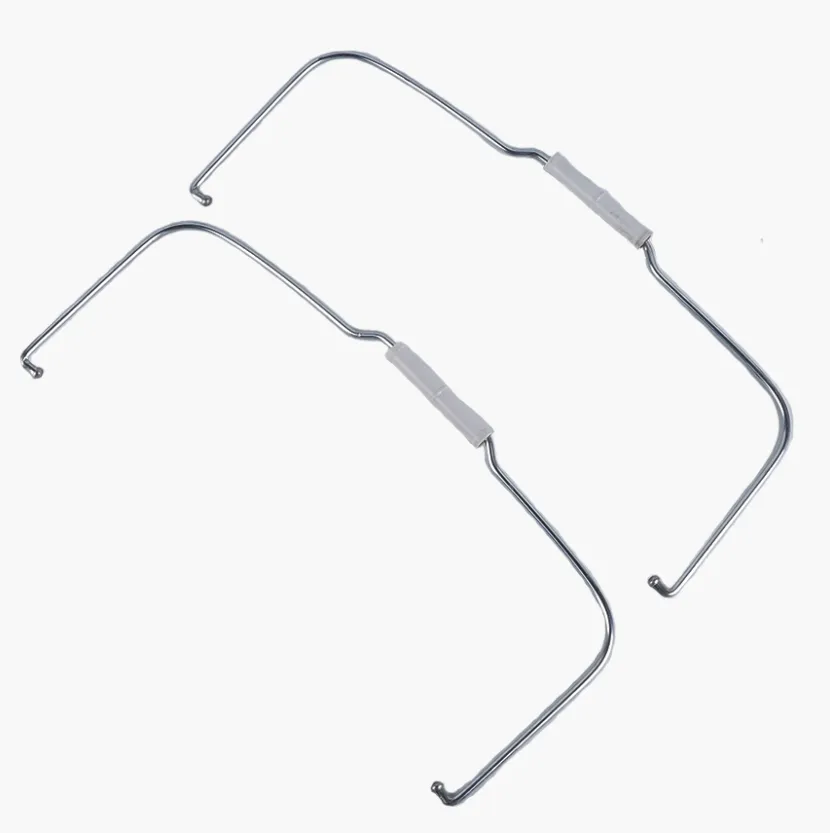-
 Phone:
Phone: -
 Email:
Email:

Current Trends in Razor Wire Pricing and Market Insights
Understanding Razor Wire Prices Factors and Market Trends
Razor wire is a security barrier consisting of sharp blades attached to a wire strand. Its primary purpose is to deter unauthorized access, making it a popular choice for various applications, including prisons, military bases, and industrial facilities. The price of razor wire can vary significantly based on several factors, which this article will explore in detail.
1. Material Composition
The most fundamental factor affecting razor wire prices is the material used in its production. High-quality stainless steel razor wire tends to be more expensive than alternatives made from lower-grade metals or galvanized wire. Stainless steel is resistant to corrosion, ensuring durability and longevity, which justifies its higher price point. Buyers should consider the specific environmental conditions where the wire will be installed, as this will influence their material choice and overall cost.
2. Manufacturing Process
The manufacturing process of razor wire also impacts its price. Techniques such as hot-dipped galvanization or the addition of a polymer coating can increase production costs. These methods enhance the wire's resistance to rust and environmental damage, thereby extending its lifespan. As a result, while the initial cost may be higher, the long-term savings from reduced replacement and maintenance expenses can make such investments worthwhile.
3. Diameter and Blade Configuration
razor wire price

Razor wire comes in various diameters, and the blade configuration can significantly influence pricing. Specifications like the space between blades, the length of the wire, and the sharpness of the edges all contribute to the overall cost. More intricate designs that offer enhanced security features tend to be pricier due to their complex manufacturing processes. Buyers should balance the desired level of security with their budget, keeping in mind that a higher initial investment can lead to better deterrence effectiveness.
4. Market Demand and Supply Chain Considerations
Like any commodity, the price of razor wire is also influenced by market demand and supply chain dynamics. Factors such as construction booms or increased security concerns can drive demand up, resulting in higher prices. Conversely, if manufacturers face supply chain disruptions—due to raw material shortages or logistical challenges—this can also lead to price fluctuations. Keeping an eye on industry trends can help buyers make informed purchasing decisions.
5. Geographic Location
The geographic location of both the buyer and supplier can play a crucial role in razor wire pricing. Shipping costs, local taxes, and import duties can add to the final price, especially if the wire is sourced from overseas. Moreover, local regulations concerning security measures can influence demand within specific regions, affecting prices accordingly. It’s often advantageous for buyers to source materials from nearby suppliers to minimize logistical costs.
Conclusion
Understanding the factors that influence razor wire prices can empower buyers to make educated choices. By evaluating material quality, manufacturing processes, configuration options, market conditions, and geographic considerations, buyers can ensure they find a product that meets their security needs without exceeding their budget. As security continues to be a top priority for many organizations, awareness of these pricing dynamics becomes increasingly important in strategic planning and procurement.
-
Wire Mesh for Every Need: A Practical SolutionNewsJul.25,2025
-
Steel Fences: Durable, Secure, and Stylish OptionsNewsJul.25,2025
-
Roll Top Fencing: A Smart Solution for Safety and SecurityNewsJul.25,2025
-
Cattle Farm Fencing Solutions for Maximum SecurityNewsJul.25,2025
-
Affordable Iron Binding Wire SolutionsNewsJul.25,2025
-
Affordable Galvanized Wire SolutionsNewsJul.25,2025
-
Wire Hanger Recycling IdeasNewsJul.25,2025








